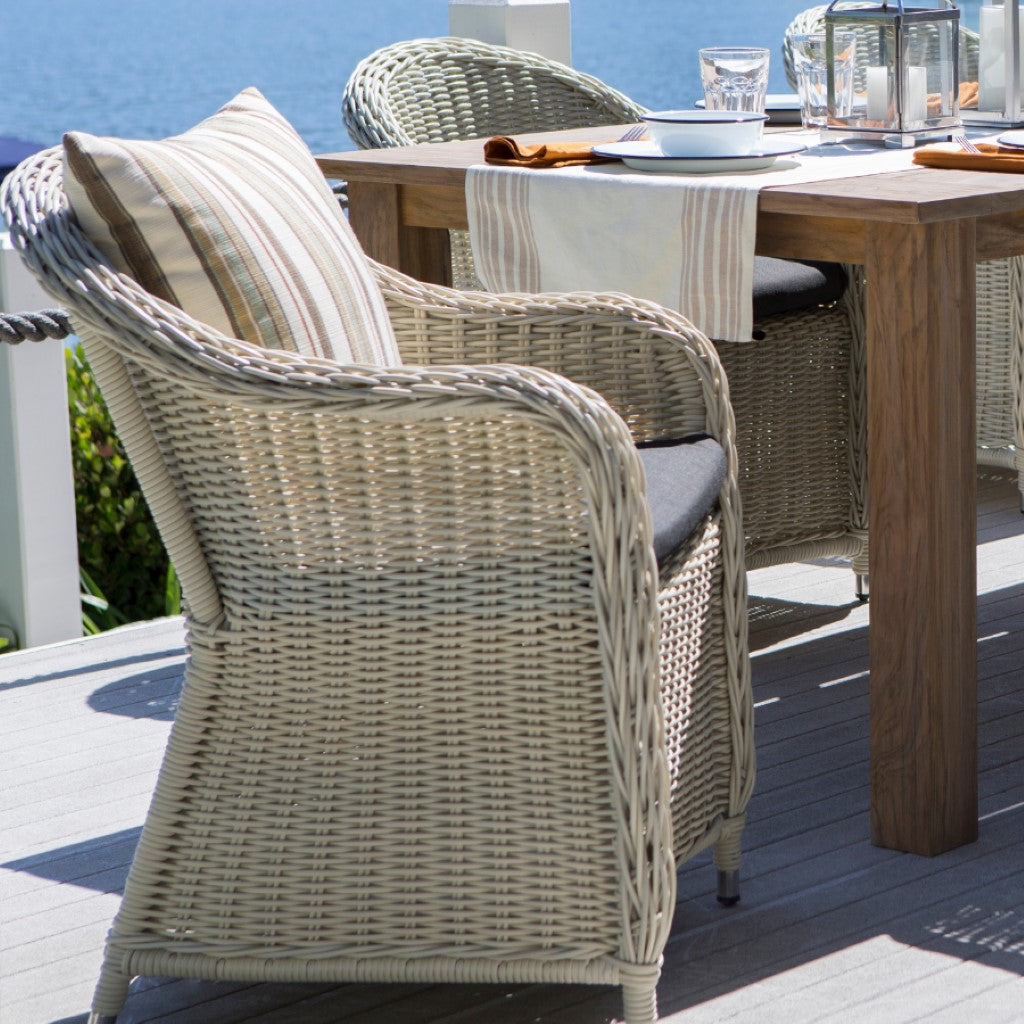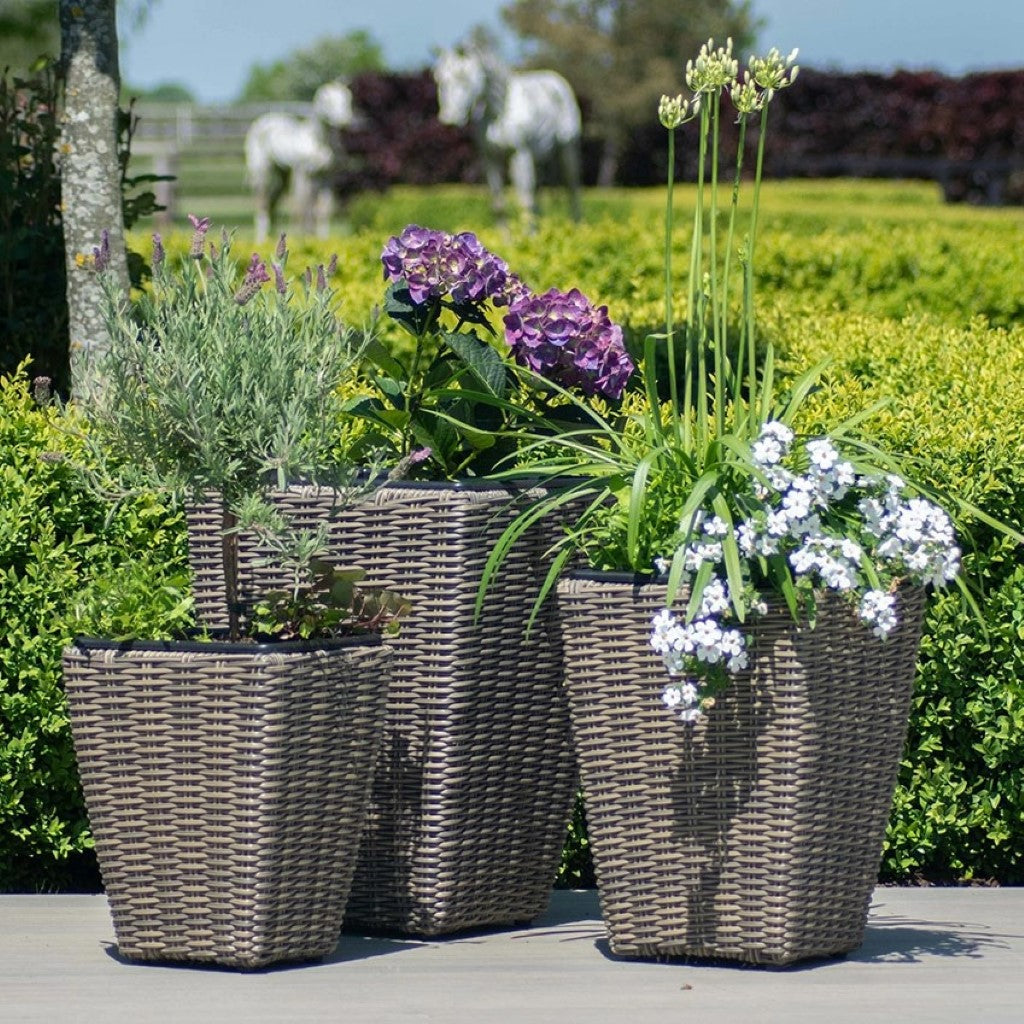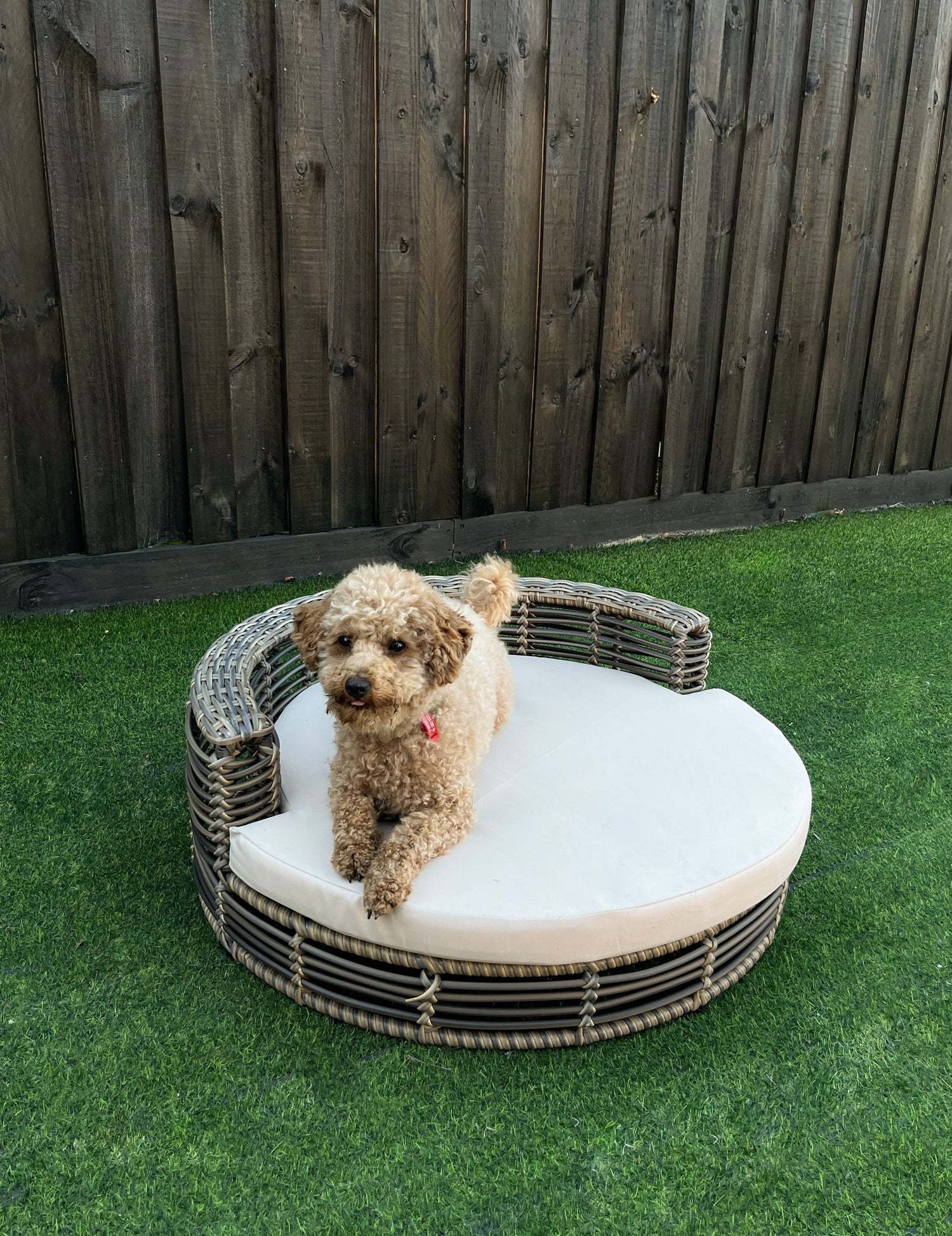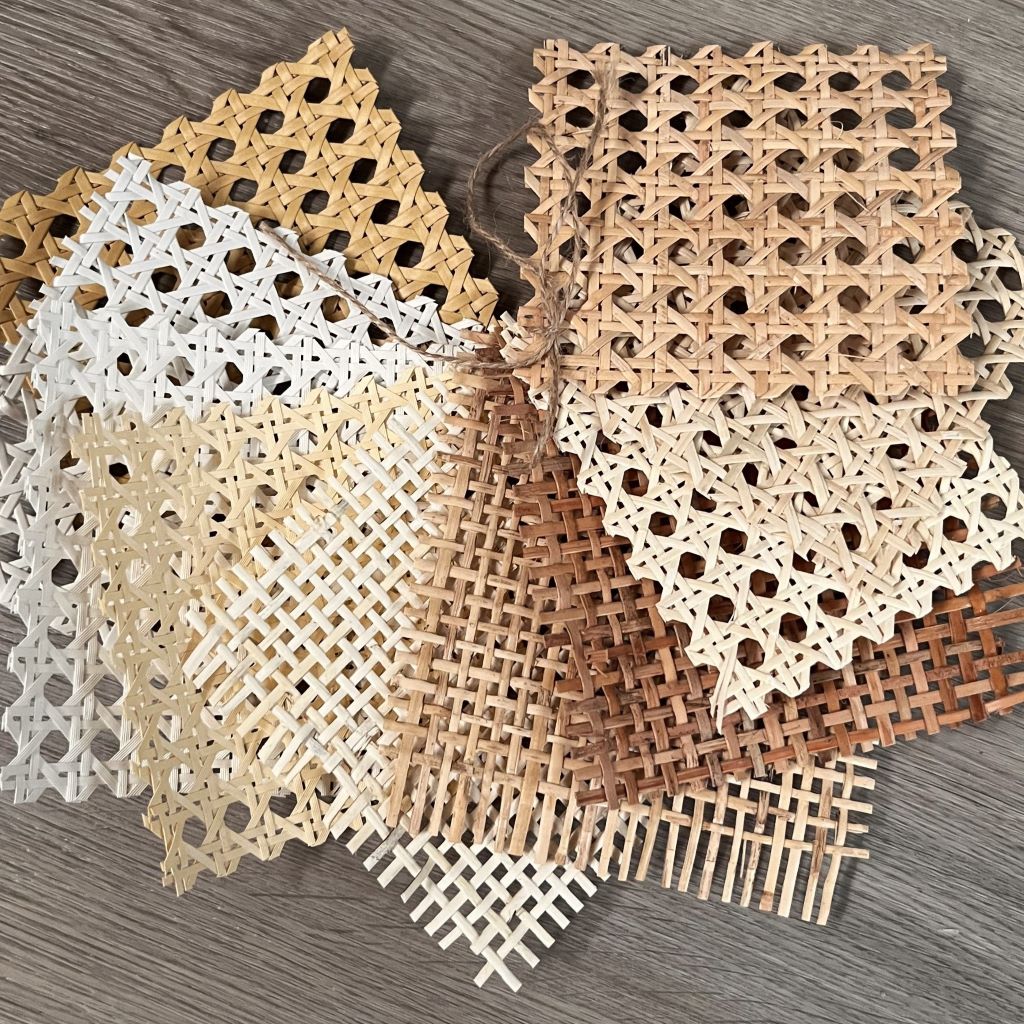Synthetic Rattan Webbing Guide
Synthetic poly rattan webbing is a durable and weather-resistant material commonly used for outdoor furniture, decorative accents, and DIY projects. Made from synthetic fibers, it mimics the natural look of rattan while offering enhanced durability and resistance to various weather conditions. Synthetic poly rattan webbing is a versatile option that can withstand outdoor elements without fading or deteriorating. This guide will provide you with essential information and tips for using and maintaining synthetic poly rattan webbing.
Understanding Synthetic Poly Rattan Webbing
Synthetic poly rattan webbing is created by weaving synthetic fibers to replicate the appearance of natural rattan. The material is designed to withstand outdoor conditions, including UV exposure, rain, and moisture, without losing its color or structural integrity. It is available in different widths and patterns to suit various design preferences.
Applications and Uses
Synthetic poly rattan webbing can be used in a variety of applications:
Outdoor Furniture: Synthetic poly rattan webbing is commonly used for outdoor furniture, including chairs, sofas, and loungers. It provides a comfortable and breathable seating surface while offering durability and resistance to weather elements.
Decorative Accents: Synthetic poly rattan webbing can be incorporated into decorative accents such as lampshades, room dividers, baskets, and wall hangings. It adds a touch of natural texture and style to indoor and outdoor spaces.
DIY Projects: The versatility of synthetic poly rattan webbing makes it suitable for various DIY projects. It can be used to revamp existing furniture, create planters, storage baskets, or even unique wall art. Let your creativity guide you.
Working with Synthetic Poly Rattan Webbing
Here are some tips for working with synthetic poly rattan webbing:
Preparation: Measure and cut the webbing to the desired size using sharp scissors or a utility knife. Allow for some overlap to ensure a secure attachment.
Attachment Methods: Synthetic poly rattan webbing can be attached to surfaces using staples, nails, or glue, depending on the project and the material you are working with. Ensure the attachment method is secure and appropriate for the intended use.
Maintenance and Care
To keep synthetic poly rattan webbing in good condition:
Cleaning: Regularly clean the webbing with a soft brush or cloth to remove dirt, dust, and debris. Use a mild soap solution and a soft brush to gently scrub any stains. Rinse with clean water and allow it to dry completely.
UV Protection: While synthetic poly rattan webbing is designed to be UV-resistant, prolonged exposure to direct sunlight can still cause some fading over time. Consider using protective covers or moving the furniture to shaded areas when not in use for extended periods.
Avoid Harsh Conditions: While synthetic poly rattan webbing is more durable than natural rattan, it is still best to avoid exposure to extreme weather conditions whenever possible. If severe weather is expected, protect the webbing by moving the furniture to a covered area or using weatherproof covers.
Repairing Damages: If the webbing becomes damaged or starts to unravel, it can often be repaired by replacing the affected sections or reweaving the damaged areas. Seek professional assistance or refer to DIY guides for detailed instructions.
Conclusion
Synthetic poly rattan webbing is a durable and weather-resistant material that provides the natural aesthetic of rattan while offering enhanced durability. Whether used for outdoor furniture, decorative accents, or DIY projects, synthetic poly rattan webbing can withstand outdoor elements and retain its beauty over time. By following proper maintenance practices, you can enjoy the longevity and versatility of synthetic poly rattan webbing in your projects and outdoor spaces.




